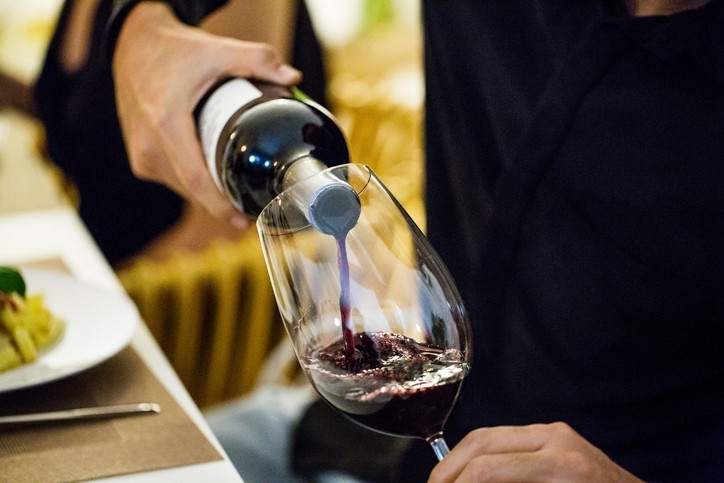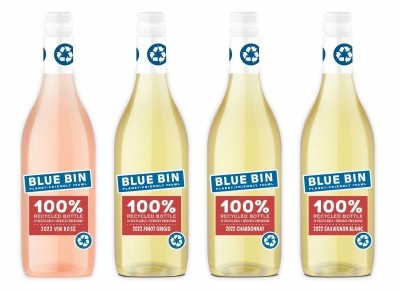Hangover-free wine? Scientists identify pigment that may be responsible for headaches

The plant pigment quercetin is found in higher concentrations in red wine than white wine. It can block the metabolism of alcohol, resulting in the accumulation of the toxin acetaldehyde – which contributes to the symptoms of a hangover.
The scientists hope to follow their research with a clinical trial: and if quercetin is proven to be the culprit, winemakers could then use this knowledge to reduce headache-inducing properties in wine.
Identifying possible culprits
Researchers from University of California San Francisco teamed up with the Department of Viticulture and Enology at UC Davis.
In their study, published in the journal Scientific Reports this month, they note that relatively small amounts of wine can prompt headaches: finding that in most cases, a headache is induced in 30 mins to 3 hours after drinking only one or two glasses of wine.
Other studies have pointed the finger at wine constituents such as biogenic amines, sulphites, phenolic flavonoids, or tannins. However, no chemical constituent has been clearly implicated as the primary trigger of red wine headache.
The drug disulfiram, prescribed for patients with alcohol use disorder, gives rise to the buildup of acetaldehyde, so that its unpleasant side effects act as a drinking deterrent.
The UCSF/UC Davis study now suggests that headaches caused by red wine are due to the presence of quercetin and its glycosides, which, upon metabolizing to quercetin glucuronide, inhibit ALDH2 enzyme activity.
This in turn leads to an accumulation of acetaldehyde, resulting in headaches.
Some people are more sensitive to the effects of red wine than others. People of East Asian origin are among those with a higher risk of red wine headaches. And around 40% of this population have an enzyme variant that fails to eliminate acetaldehyde – a variant rare in Caucasians and those of African descent.
Reducing quercetin... and headaches...
Once armed with more in-depth research on quercetin, winemakers could be able to reassess their production practices and create wines with reduced headache-inducing properties.
Previous studies have found that the level of quercetin is four to eight times higher in sun-exposed grape clusters, compared to shaded clusters. Napa Valley cabernets, for example, have high levels of quercetin, as do some Australian reds.
“Practices in premium wine-producing vineyards, like trellised vines, crop-thinning and leaf clearance create more sun exposure, which facilitates higher production of quercetin,” explained Morris Levin, MD, a neurologist and director of the UCSF Headache Center and one of the authors of the study. “Mass-produced wines were found to have lower levels of quercetin.
“Other factors that play a role include how long grape skins are in contact with the wine during fermentation, aging methods and so-called fining, in which unwanted materials are removed and substances added to improve its appearance, aroma and taste.”
Devi, A., Levin, M. & Waterhouse, A.L. Inhibition of ALDH2 by quercetin glucuronide suggests a new hypothesis to explain red wine headaches. Sci Rep 13, 19503 (2023). https://doi.org/10.1038/s41598-023-46203-y









